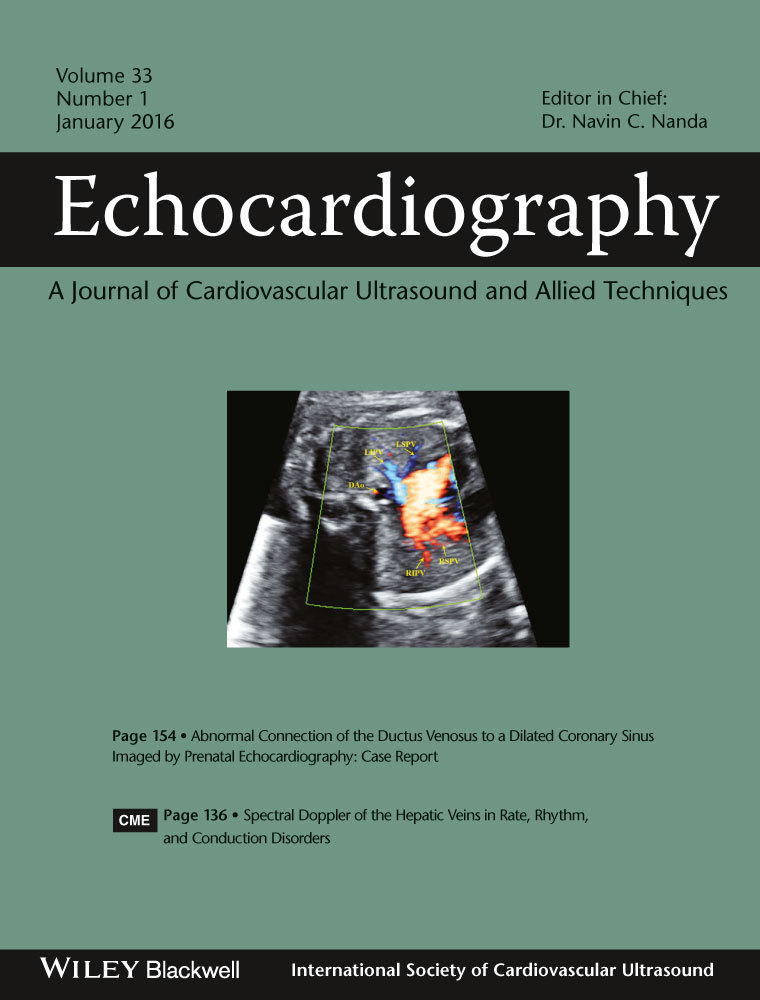Letter to the Editor
Obscurum Per Obscurius. Which Contrast Agent Should Be Contraindicated for Cardiac Shunt Detection (Agitated Saline Agent vs. Ultrasound Contrast Agent)?
Reply to two Letters
Goran Loncar M.D.,
Goran Loncar M.D.
Institute of Cardiology, University Hospital Pitie Salpetriere, Paris, France
Cardiology Department, Clinical Hospital Zvezdara, Belgrade, Serbia
School of Medicine, University of Belgrade, Belgrade, Serbia
Search for more papers by this author Laurent Payot M.D.,
Laurent Payot M.D.
Institute of Cardiology, University Hospital Pitie Salpetriere, Paris, France
Search for more papers by this author
Goran Loncar M.D.,
Goran Loncar M.D.
Institute of Cardiology, University Hospital Pitie Salpetriere, Paris, France
Cardiology Department, Clinical Hospital Zvezdara, Belgrade, Serbia
School of Medicine, University of Belgrade, Belgrade, Serbia
Search for more papers by this author Laurent Payot M.D.,
Laurent Payot M.D.
Institute of Cardiology, University Hospital Pitie Salpetriere, Paris, France
Search for more papers by this author
First published: 09 January 2016
No abstract is available for this article.
References
- 1Loncar G, Payot L, Dubois M: TIA caused by contrast echocardiography in patients with platypnea-orthodeoxia. Echocardiography 2015; 32: 1585–1587.
- 2Porter TR, Abdelmoneim S, Belcik JT, et al: Guidelines for the cardiac sonographer in the performance of contrast echocardiography: a focused update from the American Society of Echocardiography. J Am Soc Echocardiogr 2014; 27: 797–810.
- 3Kalra A, Shroff GR, Erlien D, et al: Perflutren-based echocardiographic contrast in patients with right-to-left intracardiac shunts. JACC Cardiovasc Imaging 2014; 7: 206–207.
- 4Parker JM, Weller MW, Feinstein LM, et al: Safety of ultrasound contrast agents in patients with known or suspected cardiac shunts. Am J Cardiol 2013; 112: 1039–1045.




